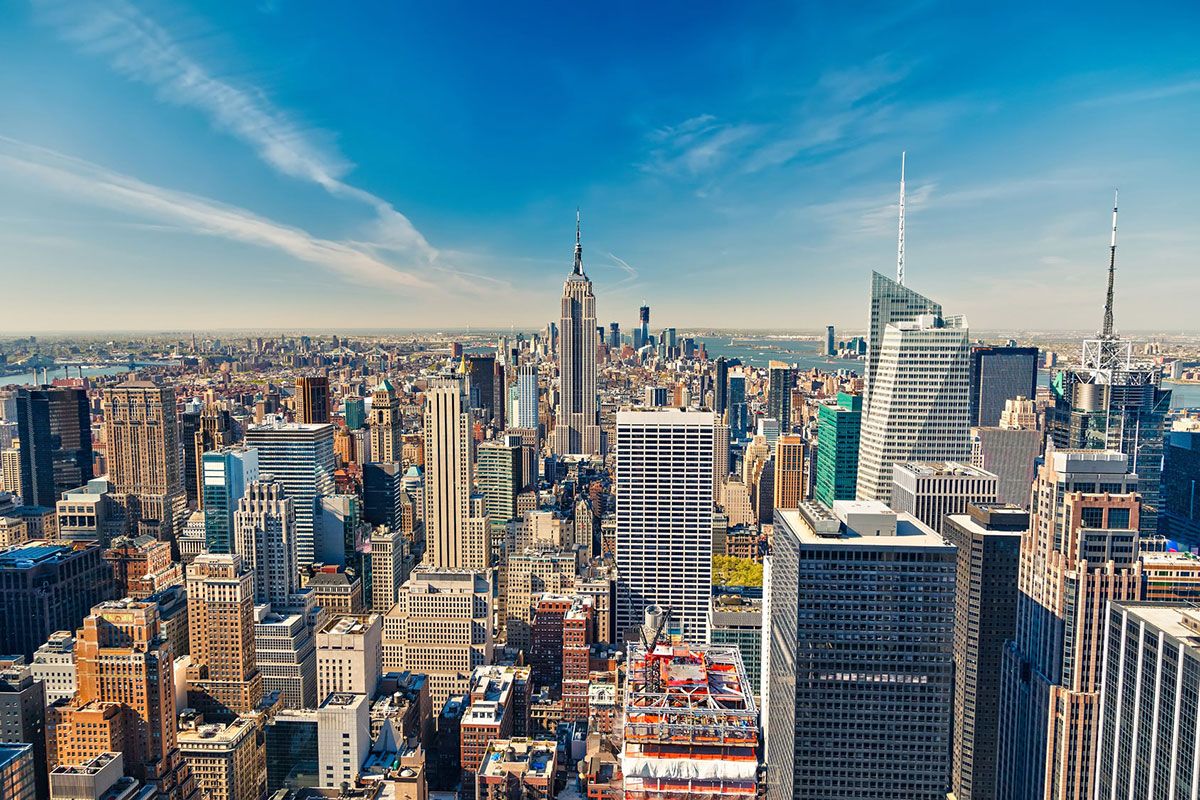Historic Floods Batter Louisiana

In August of this year, the worst natural disaster since Hurricane Sandy struck, and the state of Louisiana was hit hard. The disaster was brought on by powerful rains that seemingly would not quit, and when it finally did let up, some areas had recorded as much as 31″ of precipitation. Many waterways, including major rivers, hit levels they had never before reached in all the years that records have been kept. Thousands of homes and businesses were underwater, and at least 13 deaths were reported. More than 30,000 people were evacuated, with heroic rescues and narrow escapes throughout the duration of the storm. It was a catastrophe in every sense of the word.
Although the storm that caused this disaster did not have a name, it was right up there alongside Hurricanes Katrina and Sandy in terms of damage and sheer volume of water. The storm dumped about three times as much water in Louisiana as had Hurricane Katrina; up to 6,900,000,000,000 gallons of water! That is enough water to fill the infamous lake Pontchartrain four times. All that water quickly overcame flood defenses, storm drains, and berms, and coursed straight through towns and even major cities like Baton Rouge, with a power that had never been seen before.
Port Vincent, Lousiana, after August 2016 flooding. Source: NOAA
Adding to the devastation of the actual flooding is the devastation of the aftermath. Many of these submerged homes and businesses in Louisiana are located in high-risk areas where flood insurance is either not available at all or completely unaffordable. Another unfortunate situation is that many of the destroyed buildings were located in areas deemed safe from flooding; these properties were not insured because they had been considered out of harm’s way! In one of the worst-hit parishes, fewer than 1% of the property owners had current flood insurance. As a result, many people across that state are cleaning up homes that are simply not salvageable-and since they are uninsured, not replaceable. Tens of thousands of people have lost everything- all their worldly possessions have been simply swept off the map, with no hope of replacement.
As the water receded and people attempted to get on with their lives, there were indications that this disaster will have very long-term repercussions throughout the social fabric of the affected areas. While the number of people in emergency shelters registered in the tens of thousands during the storm, there remain many thousands of people still in shelters more than a full month after the storm. Schools are very far from recovery, due in part to direct damage to the facilities, hardship affecting the school staff members, and a diaspora of students that leaves some schools grossly attended and others over-crowded. With thousands of families living in rural zones that are struggling with muddied and rutted dirt roads, bridges that are washed out or possibly compromised, with a large number of people still clinging to homes that are not habitable- going back to school may not be at the top of the list of family worries.
The storm of August 2016 did not receive nearly the same level of national media coverage as Hurricanes Sandy and Katrina, but from all indications it was just as devastating to property and infrastructure. It will be many years before Louisiana fully recovers from this disaster, and many families will never fully recover at all.
Source:: FloodBarrierUSA

